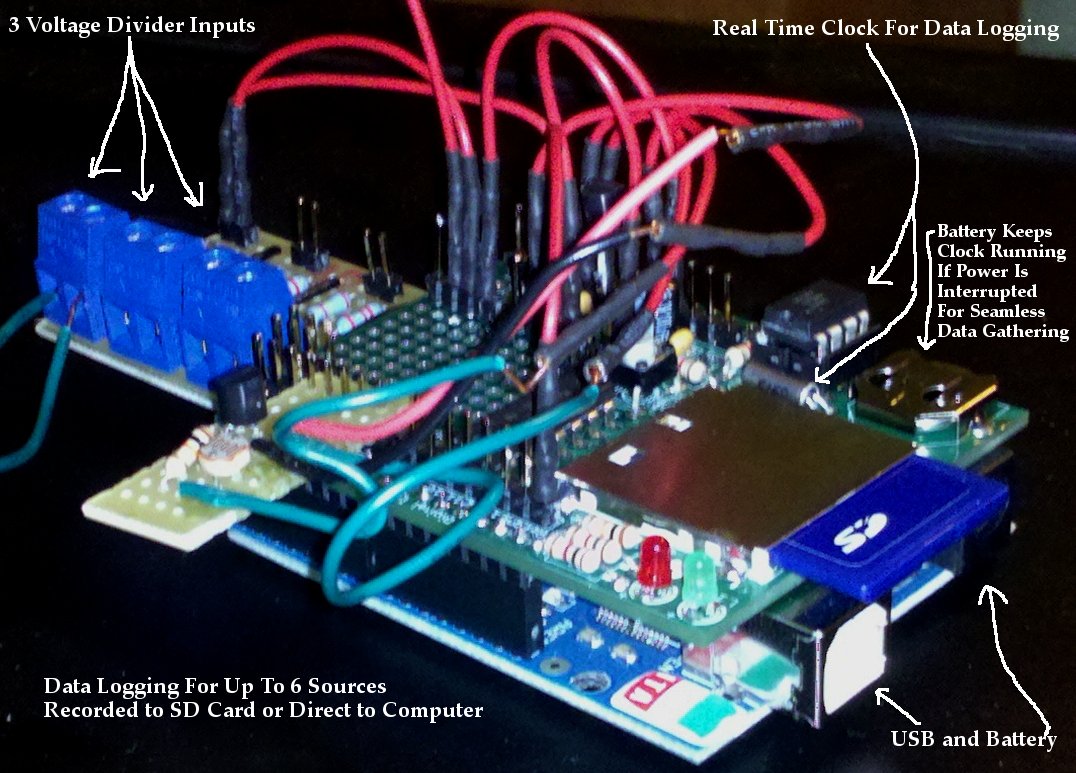Wednesday, September 29, 2010, 12:21 PM
Posted by Administrator
I don't know how old my average reader is, I assume at this point we are all adults. However, being an adult doesn't guarantee that you will remember the oil crunch of the 1970's. You may remember that you were only allowed to pump gas for your car on certain days, if your license plate number was even you could only purchase on an even numbered day and the same for odd plates and days. From what I found on Wikipedia, this was only implimented in 3 states, California was not on the list, but I remember it. Maybe, local legislature adopted the policy, I was too young to pay attention to that type of detail. The reason I bring this up is that a UK government minister has been doing some homework and is predicting another crunch between 2011 and 2015.Posted by Administrator
More specifically, the U.K. government is predicting the cost of crude oil to double by some point inside that time frame. From the article:
-----
I recently considered six reports written by groups as wide ranging as UK business leaders, the US military, insurers Lloyds, Kuwait University engineers, the German military and an Australian think tank. Taken as a whole they refer to aging oilfields, oil industry underinvestment, the limited output of unconventional sources such as oil sands, increasing global demand and the possibility of the world being close to peak oil, the geological natural maximum output. The point is, you don't have to believe in peak oil theory to see a coming oil supply crunch. These reports didn't all agree on the issue of peak, but nevertheless pointed to a supply crunch between 2011 and 2015.
... the International Energy Agency is forecasting record world oil demand, and warning that the "era of cheap oil is over."
-----
I have not seen anything so bold or specific regarding the U.S., however this information is equally important for us. Oil is a natural resource with a limited supply, so this information should be taken as a warning. We need to continue to find better sources of transportation and minimize our use of disposable items and plastics.
Even more importantly, we need to focus on renewable energy, like wind and solar. With an abundance of alternative energy, charging an electric car or truck should become cheap and practical.
To read the original article, follow the related link below.


 Calendar
Calendar




